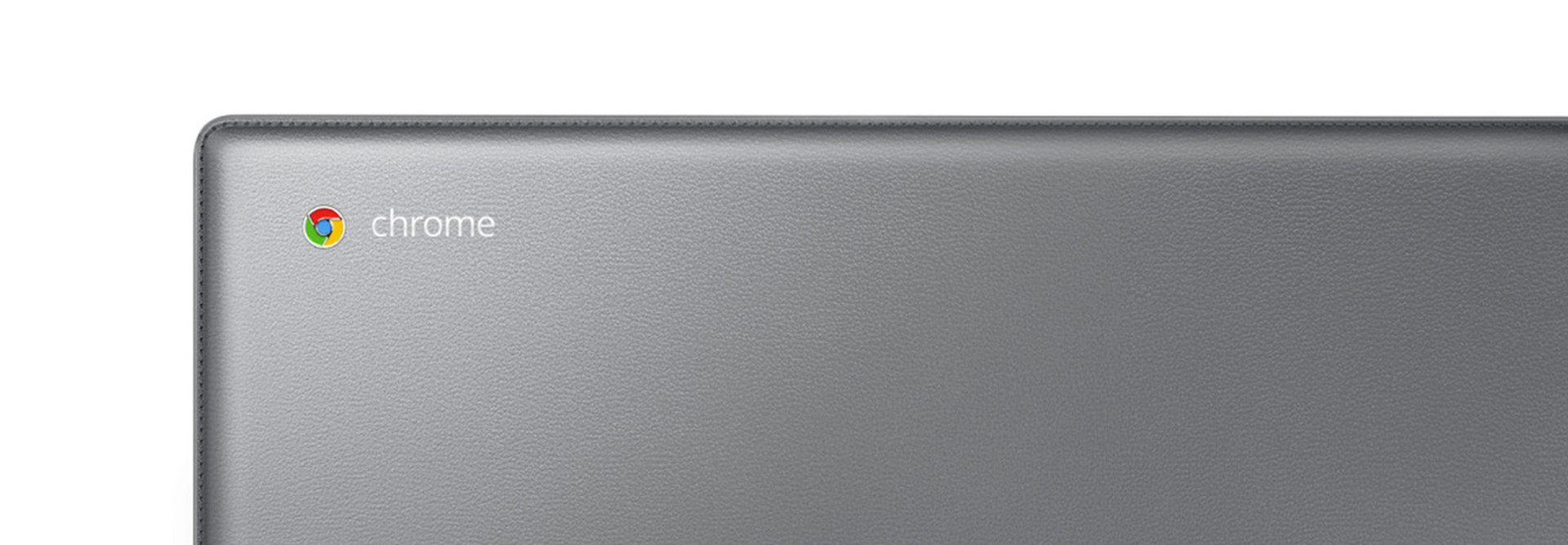Chromebook Management Made Easy
Even though Chromebooks are much less complex than mobile computing devices running on other operating systems, IT administrators still need to administer, track and configure a fleet of them.
Google’s web-based management console allows them to set up and manage — from any location with adequate Wi-Fi — an entire fleet of Chrome devices and user accounts. (Because Chromebooks are cloud-driven, an Internet connection is required for just about every operation. Google’s Wi-Fi Analyzer for Android can be used to test a location’s Wi-Fi signal strength.)
From the console, IT staff can configure how devices connect using various protocols and encrypted schemes, including Wi-Fi Protected Access 2 (WPA2), Extensible Authentication Protocol–Transport Layer Security (EAP–TLS), Protected Extensible Authentication Protocol (PEAP) and Lightweight Extensible Authentication Protocol (LEAP). Devices also can be tracked by serial number to determine whether they are in use, by whom and where.
In addition to seamless automatic updates of Chrome OS and the browser itself, Google provides security features such as sandboxing, verified boot and data encryption. If the IT department wants to integrate devices with its own directory services and provide single sign-on, it will need to ensure that each user has a working Google Apps for Education account.
Local policy settings are a matter of preference. Chromebooks can be configured to require a password when woken from an idle state, for example. Administrators also can specify which Google applications and Chrome extensions are required, and which are permitted.
Google Cloud Print allows users to print from web-connected devices, including Chromebooks, smartphones and tablets. The technology works with all printers, but for the “best printing experience,” Google recommends purchasing a “Cloud Ready” printer. When users wish to print, their data is routed to Google’s servers to be rendered and then transmitted to their printer.
Refer to Google’s instructions for fleet administration and Technical Planning Guide for more pointers.









